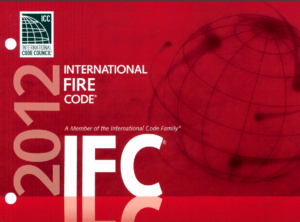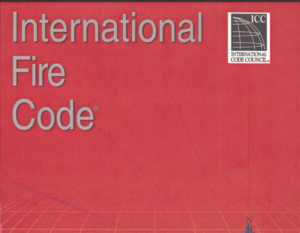The India Handbook on Building Fire Codes IITK-GSDMA-Fire05-V3.0 provides comprehensive guidelines on ensuring fire safety in buildings, which are a significant part of human habitats. As urbanization increases across India, accompanied by technological advancements, buildings are becoming more susceptible to fire hazards, leading to significant risks to both life and property. To address these risks, the handbook discusses the importance of meticulous planning in architectural and structural design to integrate effective fire protection measures.
Initially introduced by the Bureau of Indian Standards in 1970 and revised in 1983, the National Building Code (NBC), particularly Part-4, focuses exclusively on fire and life safety standards. This part of the NBC, along with other local regulations, helps enforce minimum safety standards in building construction and maintenance. These regulations are crucial for mitigating losses from fire incidents, emphasizing not just compliance with the minimum required standards but also encouraging enhancements wherever possible.
The handbook emphasizes that absolute safety from fire is rarely achievable but insists on the importance of adhering to prescribed codes and considering the specific needs based on building use and occupant activities. It suggests the involvement of qualified fire protection engineers from the planning stage to ensure the buildings are equipped to handle fire emergencies effectively.
This document also serves as an educational tool, providing vital information on fire safety to individuals involved in building design, construction, and regulation. It advocates for continual education on the evolving standards of fire safety, driven by both national codes and international best practices, to ensure that all stakeholders are well-informed and prepared to implement effective fire safety measures in building environments.






